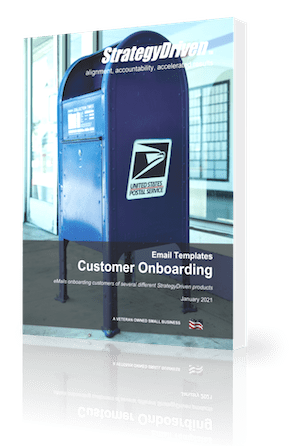Top Ten Pitfalls to Avoid When Going Social in the Business World
Businesses can gain a lot from building a “Social Nation,” but only if you’re networking smart.
If you were to make a list of up-and-coming business trends, social media strategies would probably be near the top. Actually, scratch that “up-and-coming” part – social media is already here. However, thousands of companies are rushing headlong into the profile-creating, news-tweeting, blog-posting frenzy…only to find that their valiant efforts are not getting the results they had hoped. If you’re looking for fans, followers, and friends to build a Social Nation around your business, don’t panic. There is simple advice that will help businesses avoid the pitfalls and make a strong online impact.
It’s true: there are countless benefits to joining what I call the Social Nation revolution – but just like any strategy for growth, social media isn’t foolproof. If you don’t want your company’s social strategy to fall flat, there are some guidelines you’ll need to follow.
As the Chairman and CEO of Mzinga, a company that provides social software to businesses. Quite literally, it’s my job to be social media savvy. And before you start building your own Social Nation, you need to have a well-researched game plan.
When it comes to building a successful social network for your company, you need to understand that there’s a lot of prep work to be done. You can’t just set up a Facebook profile for your company, tweet once or twice a day, and expect public interest in your company to shoot through the roof. Far from it, actually.
Think about it this way: if you were in charge of your company’s booth at a trade show or conference, you wouldn’t just slap your company’s logo onto a piece of poster board, place your business cards on the table, and hope for the best, would you? Of course not. Yet that’s exactly how some companies approach social media – and that’s why so many of these initiatives fail.
If you want to become a meaningful part of social conversations and interactions, you’ve got to know who your target “fan base” is, where they spend their time online, and what sorts of content and programming is valuable and relevant to them, and will foster their continued interest and participation. You also need to make sure you have the wherewithal to commit to growing and sustaining your Social Nation, and you’ve got to make sure that you have buy-in from within your company. And that’s just for starters.
Sure, it may sound intimidating, but don’t give up yet. Half the battle is knowing which mistakes not to make:
Hi there! This article is available for free. Login or register as a StrategyDriven Personal Business Advisor Self-Guided Client by:
Subscribing to the Self Guided Program - It's Free!
About the Author

. He is Chairman and CEO of Mzinga®, the leading provider of social software, services, and analytics that improve business performance. Barry has published five books on the value of social and information networks. He is a regularly featured keynote speaker at industry associations and for leading companies on the power of social media. He has been published in Newsweek, Smart Money, Barron’s, The Wall Street Journal, and The New York Times, and he has appeared on CNN, CNBC, and NPR. Barry currently serves on the Board of Directors at Innocentive and The SEI Center for Advanced Studies in Management at The Wharton School of the University of Pennsylvania. To learn more about Barry, click here.










Leave a Reply
Want to join the discussion?Feel free to contribute!